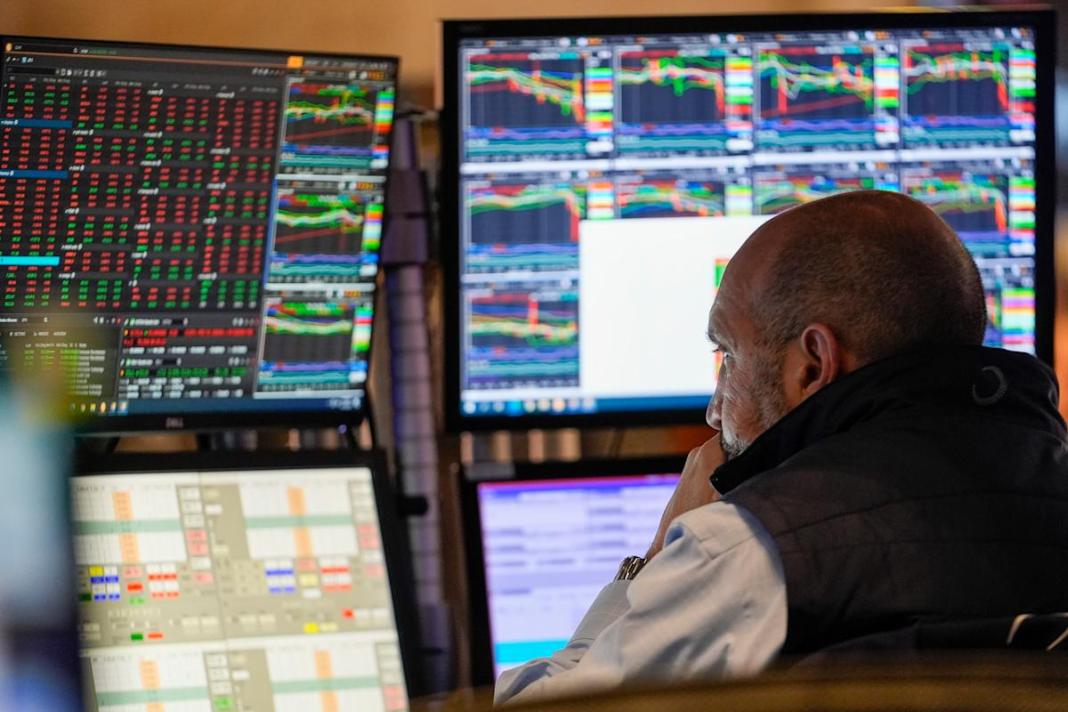Alphabet and Microsoft Lead U.S. Stock Market to First Winning Week in Four
NEW YORK (AP) — Alphabet and Microsoft are leading the U.S. stock market on Friday toward the finish of its first winning week in the last four.
The S&P 500 was 1.1% higher in afternoon trading and on track for its best week since November. The Dow Jones Industrial Average was up 166 points, or 0.4%, as of 12:29 p.m. Eastern time, and the Nasdaq composite was 2.1% higher.
Alphabet jumped 10.4% after breezing past analysts’ expectations for profit last quarter. The parent company of Google also said it will start paying a dividend to investors and authorized a program to buy back up to $70 billion of its stock, a signal of how much cash it’s generating.
Microsoft, meanwhile, climbed 2.4% after reporting stronger profit and revenue than expected. It cited strong growth in its cloud-computing business as it pushes artificial-intelligence technology to its customers.
They helped offset a 9.7% drop for Intel. It reported stronger profit for the latest quarter than expected, but its revenue fell short of analysts’ estimates. So did its forecast for profit in the current quarter.
Stocks have broadly been under pressure this month as hopes withered for multiple cuts to interest rates this year by the Federal Reserve. A series of reports this year showing inflation remaining worse than forecast has traders expecting maybe one cut this year, down from forecasts for six or more at the start of the year.
Yet another report on Friday showed inflation remaining stubbornly high. This time it was the measure of prices for March that the Federal Reserve prefers to use, but it wasn’t much worse than forecasts. Financial markets took it much more in stride than a report from the day before that suggested the same measure of inflation rose quickly from January through March.
Treasury yields eased in the bond market following Friday morning’s report. The yield on the 10-year Treasury fell to 4.67% from 4.71% late Thursday.
While inflation has remained hotter than forecast, EY Chief Economist Gregory Daco expects it to cool in coming months as shoppers pressured in part by slowing growth in wages tamp down their purchases, which is the fuel that gives inflation energy.
“Consumers remain willing to spend, but not on anything, nor at any price,” he said.
Economists also said the weaker-than-expected reading on the overall U.S. economy from Thursday, which helped send stocks sliding, may not be as bad as it seemed on the surface.
“The economy remains on solid footing,” Bank of America economists said in a report, pointing to buying trends from U.S. customers. Such an interpretation helps calm worries that the U.S. economy could be heading for a toxic mix of stagnating growth and high inflation, something that the Federal Reserve doesn’t have great tools to fix.
Still, the higher-than-expected inflation readings will likely keep the Fed on hold at its next policy meeting on Wednesday. Its main interest rate has been at the highest level since 2001 in hopes of undercutting inflation by putting downward pressure on the economy and financial markets.
After indicating earlier that three cuts to interest rates could be on the way this year, top Fed officials have since said they could hold its main interest rate high for a while to ensure inflation heads down toward their 2% target.
Friday’s report on sticky inflation “underscores Vanguard’s belief that the Federal Reserve may find it’s unable to cut interest rates this year,” according to the investment giant’s global head of portfolio construction, Roger Aliaga-Diaz.
In stock markets abroad, Japan’s Nikkei 225 rose 0.8% after the Bank of Japan ended a policy meeting with no major changes to interest rates. Indexes were higher across much of the rest of Asia and Europe.
___
AP Business Writer Yuri Kageyama contributed.


